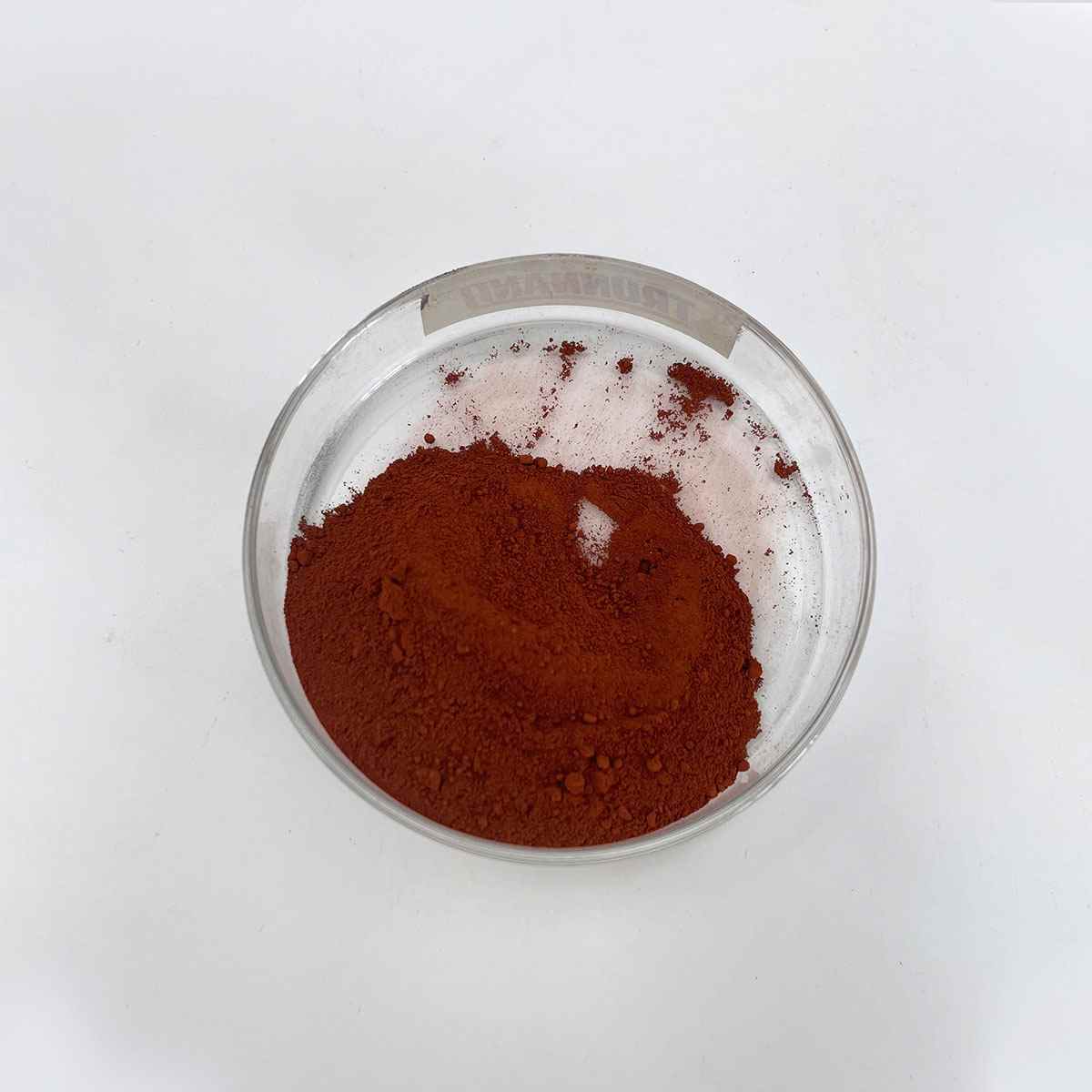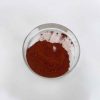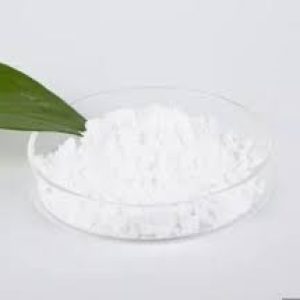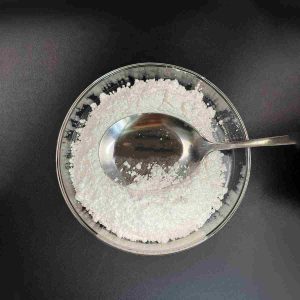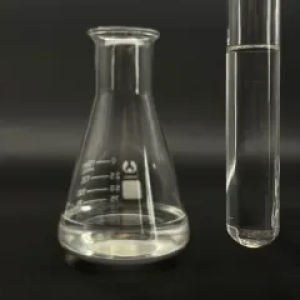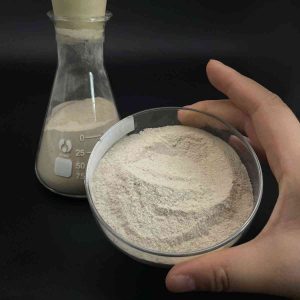Overview of Poly Dadmac in Surfactants for Paper Industry
Cationic surfactants are a class of surface-active agents that contain a positively charged head group or cation when dissolved in aqueous solutions. They are characterized by their unique ability to interact with negatively charged surfaces, making them versatile compounds with applications across industries including personal care, household cleaning, textiles, agriculture, and pharmaceuticals. Their positive charge allows for specific interactions with anionic (negatively charged) molecules, which governs their functionality in various formulations.
Features of Poly Dadmac in Surfactants for Paper Industry
-
Positive Charge: The hydrophilic (water-loving) head of a cationic surfactant carries a positive charge, typically derived from ammonium, pyridinium, or quaternary ammonium groups.
-
Strong Binding: Due to their positive charge, they bind strongly to negatively charged surfaces, like those found on skin, hair, or certain bacteria and viruses.
-
Emulsifying & Foaming Properties: Many cationic surfactants are effective emulsifiers, stabilizing oil and water mixtures, and can produce stable foams.
-
Conditioning & Softening: In personal care products, they improve the feel of hair and skin by depositing a conditioning film, enhancing manageability and softness.
-
Antimicrobial Activity: Some cationic surfactants exhibit bactericidal or virucidal properties, making them useful in disinfectants and sanitizers.
-
Compatibility: They can be formulated with other types of surfactants to enhance performance or modify product properties.
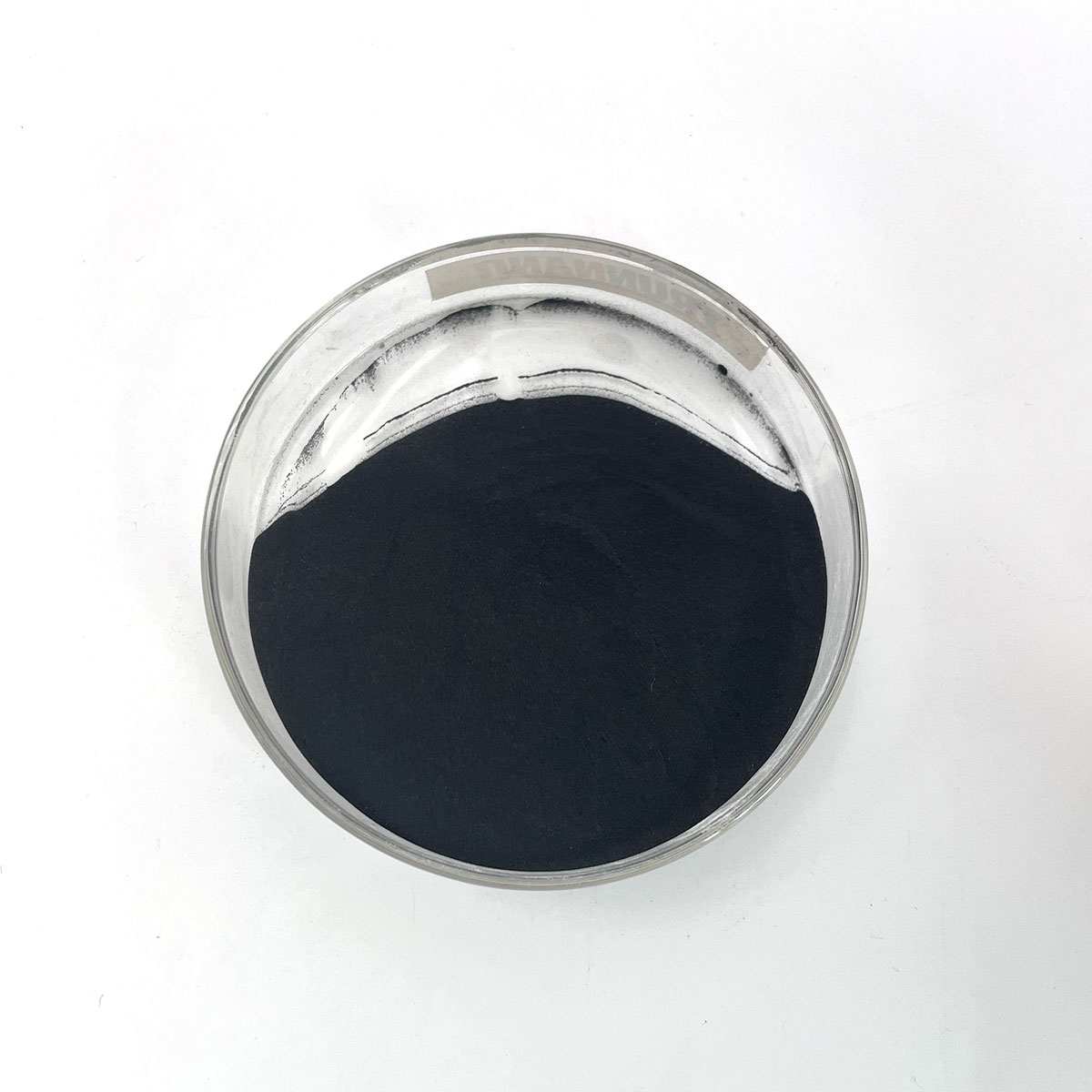
(Poly Dadmac in Surfactants for Paper Industry)
Specification of Poly Dadmac in Surfactants for Paper Industry
Poly DADMAC is a cationic polymer widely used in papermaking. It carries a strong positive charge. This positive charge attracts negatively charged particles in the pulp slurry. The chemical name is Polydiallyldimethylammonium chloride. Suppliers offer different molecular weights. Higher molecular weights generally provide better performance for certain jobs. Lower molecular weights work well for other tasks. The product comes as a liquid solution or a solid powder. The liquid form is easier to handle and mix directly into the system. It dissolves completely in water. This ensures even distribution throughout the pulp. Charge density is a critical specification. It measures the strength of the positive charge per unit weight. A higher charge density means stronger attraction to fines and fillers. This directly impacts retention and drainage performance. Typical charge density values range between 4 to 6 meq/g. Viscosity varies depending on concentration and molecular weight. Lower viscosity solutions are easier to pump and meter. Poly DADMAC works effectively across a broad pH range. It remains stable and functional in typical paper mill conditions, from acidic to neutral pH systems. Its primary role is as a retention aid. It helps bind tiny fibers and filler particles to the forming sheet. This improves first-pass retention. Better retention reduces material loss. It also lowers costs. Enhanced drainage is another key benefit. By flocculating fine materials, it lets water drain faster from the wet web. This increases machine speed potential. It contributes to better formation uniformity. The polymer also acts as a fixative. It helps anchor dissolved substances and additives onto the fibers. Furthermore, Poly DADMAC controls pitch and stickies. It neutralizes sticky contaminants. This prevents them from depositing on machine surfaces. Cleaner machines mean fewer breaks and less downtime. Its cationic nature supports wet strength development when used with specific resins. Dosage levels depend on specific mill conditions and goals. Typical addition points are early in the stock preparation system. Proper mixing after addition is essential for best results.
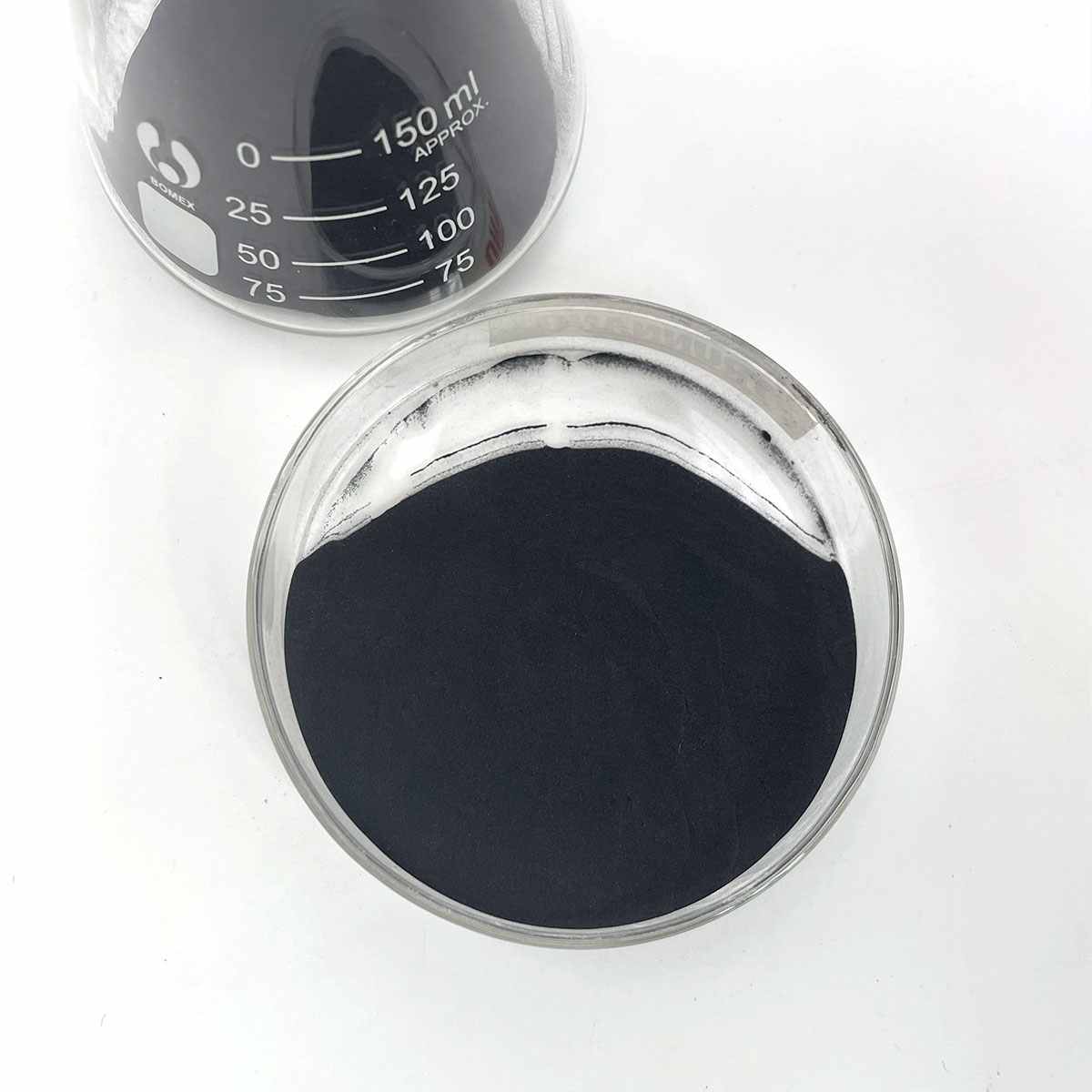
(Poly Dadmac in Surfactants for Paper Industry)
Applications of Poly Dadmac in Surfactants for Paper Industry
Poly DADMAC is a positively charged polymer. It acts as a surfactant in papermaking. This chemical lowers surface tension in water systems. It helps other substances mix evenly. The paper industry relies on Poly DADMAC for several tasks.
One key use is as a retention aid. It traps fine particles in paper pulp. Fillers like calcium carbonate stick to fibers better. Less material washes away. This saves money and boosts paper quality.
Poly DADMAC works as a drainage aid too. It speeds up water removal on paper machines. Faster drainage means higher production speeds. Mills save energy and time.
It tackles anionic trash effectively. Wood pulp contains sticky contaminants. These cause holes or spots in paper. Poly DADMAC grabs these impurities. It neutralizes their negative charge. Cleaner pulp gives smoother sheets.
This polymer strengthens paper. It bonds fibers tightly. Tear resistance improves. Paper lasts longer during printing.
Charge control is another benefit. Fibers naturally repel each other. Poly DADMAC reduces this repulsion. Sheets form more evenly. Fewer breaks happen in production.
Mills gain efficiency. Less raw material is wasted. Machines run faster. Energy costs drop. Paper quality stays consistent. Printers get reliable results.
Company Profile
SurfactantChina is a trusted global chemical material supplier & manufacturer with over 12-year-experience in providing super high-quality surfactant and relative products.
The company has a professional technical department and Quality Supervision Department, a well-equipped laboratory, and equipped with advanced testing equipment and after-sales customer service center.
If you are looking for high-quality surfactant and relative products, please feel free to contact us or click on the needed products to send an inquiry.
Payment Methods
L/C, T/T, Western Union, Paypal, Credit Card etc.
Shipment
It could be shipped by sea, by air, or by reveal ASAP as soon as repayment receipt.
5 FAQs of Poly Dadmac in Surfactants for Paper Industry
What exactly is Poly Dadmac?
Poly Dadmac is a special chemical for paper mills. It helps bind tiny fibers and fillers during paper production. This binding action makes the paper machine run smoother.
Why do papermakers use Poly Dadmac?
Paper mills need it for two big reasons. It grabs onto small particles floating in the water. This keeps them in the paper sheet. It also lets water drain away faster. This makes the paper machine faster. It saves energy too.
How is Poly Dadmac used in the paper process?
Workers add Poly Dadmac directly into the pulp mixture before the paper sheet forms. The amount used depends on the pulp type and the machine speed. Finding the right dose is key. Too much or too little causes problems.
Is Poly Dadmac safe for workers and the environment?
Handling Poly Dadmac is generally safe with normal protective gear. It is not highly toxic. It breaks down reasonably well in treatment systems. Mills follow safety data sheets for proper use.
Are there alternatives to Poly Dadmac for retention?
Other retention chemicals exist. These include different polymers or mineral systems. Poly Dadmac often works better. It is very effective. It is cost-efficient for many paper grades. Mills prefer it for consistent results.
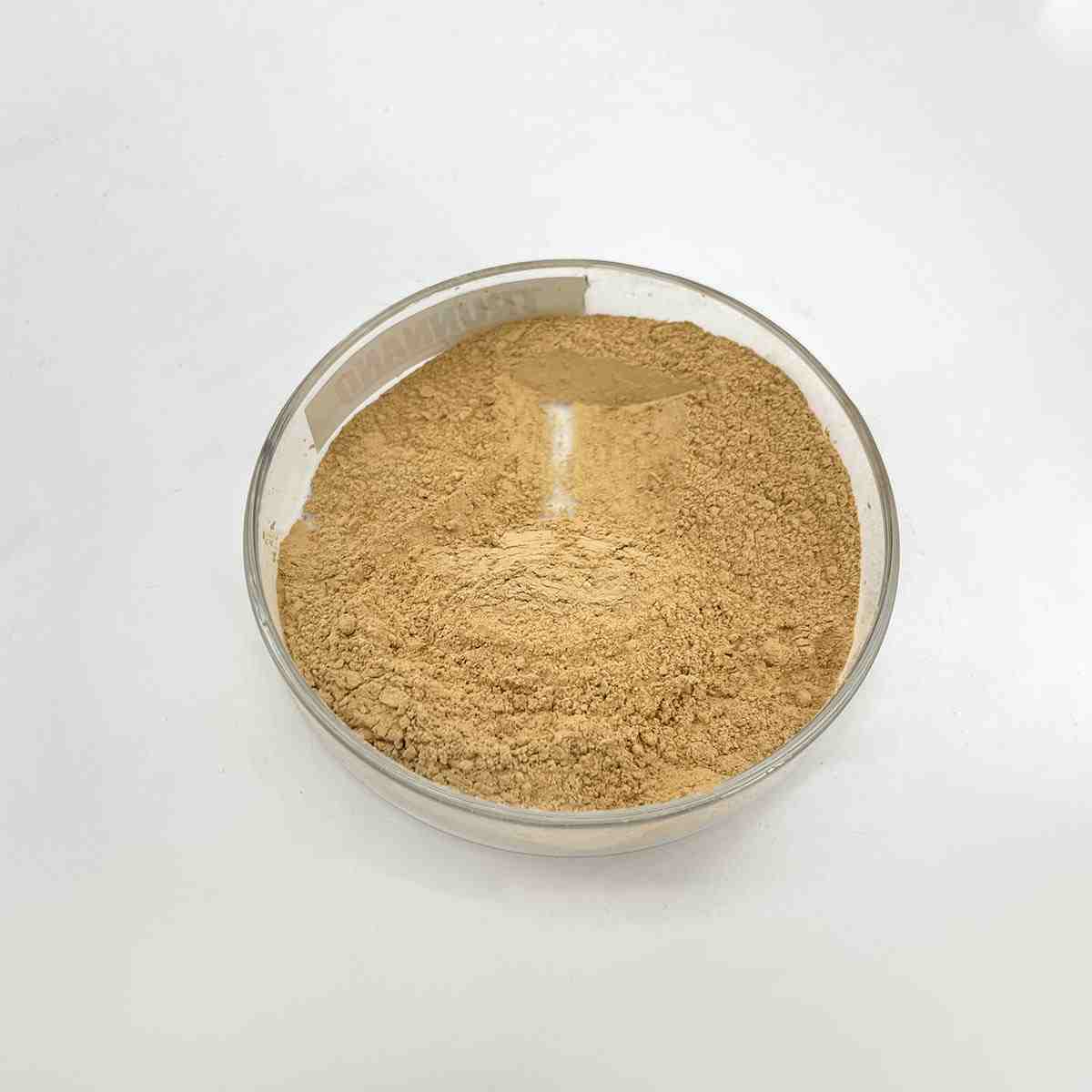
(Poly Dadmac in Surfactants for Paper Industry)

